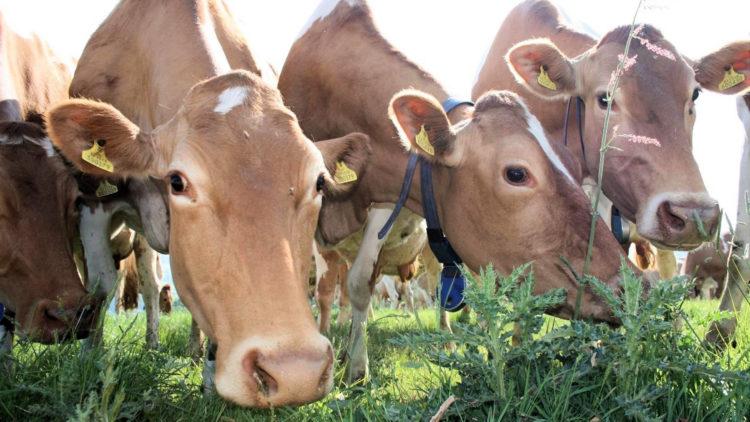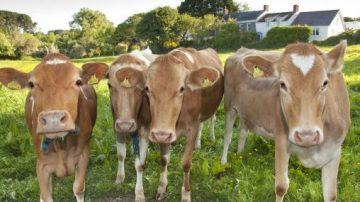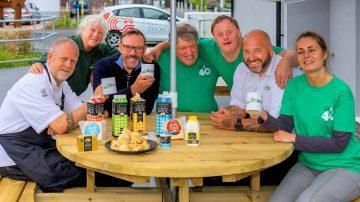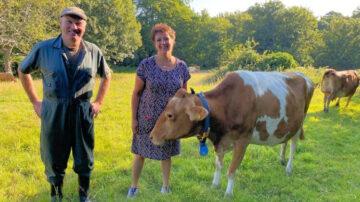Guernsey Dairy has set out its plans to remodel its current operation with an emphasis on mitigating the decline in fresh liquid milk sales whilst adding value by repositioning some of its milk-product lines. The commercial success of this initiative will benefit the business but also farmers who rely on the Dairy to purchase their milk.
Andrew Tabel, general manager of Guernsey Dairy said: “At the moment, we are obligated to take all milk produced by local farmers that falls within key criteria – this equates to approximately 8 million litres a year.”
Guernsey Dairy currently requires ~7 million litres of milk per annum
Farmers require a level of income to continue as viable and sustainable businesses which in turn deliver community and environmental benefits. However, the Dairy currently requires approximately 7 million litres of milk per annum to align current fresh liquid milk sales with raw milk production. This reflects the changes in the dairy sector due to the increase in the popularity of plant-based milk alternatives, particularly amongst the younger generation.
“We are very aware of the changes in consumer habits and are working on a strategic marketing plan to mitigate the decline in liquid milk sales. As part of this initiative, we are reviewing our existing milk-product range with a focus on market share, price points and positioning. This may entail a change to pack sizes and product listings as we look to ensure all products make a positive return on our investment. Retail and trade prices will continue to be monitored to ensure we remain competitive within our target market sector which will help to sustain the local dairy industry and its contribution to the community,” said Mr Tabel.
The Dairy is also investigating alternative uses for surplus milk, cheese whey and/or ‘fatless’ milk. Export markets, particularly for butter, remain an important revenue stream; however, are dependent on demand and market prices.
“Together with our marketing partner, we will be looking at making some tactical changes that might include the repositioning of some product lines with different pack sizes, recipes etc. We are also continuing to work on efficiency targets, such as reducing energy and water consumption across the site, as well as the procurement of ingredients, raw materials and transportation,” he said.
Guernsey Dairy has been on its current site since 1951 and was last refurbished in 1989. Mr Tabel said opportunities to improve efficiency were limited by the physical layout of the site and buildings and the age of some of the processing equipment. However, operational activities are reviewed regularly with a view to improving the operational efficacy of the business.
The development of a new, more modern facility, either at the current site or a new location, will provide further opportunities to introduce operating efficiencies. The States has agreed proposals to progress investigations to a new facility, which is expected to be completed in 2024.
Guernsey Dairy’s new business plan can be read here.
















